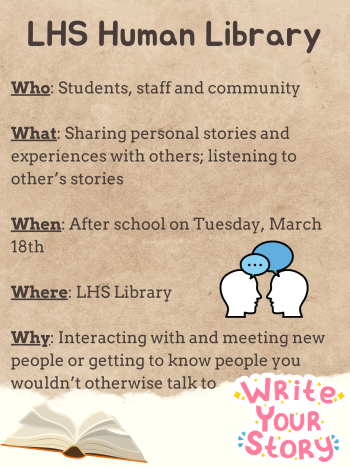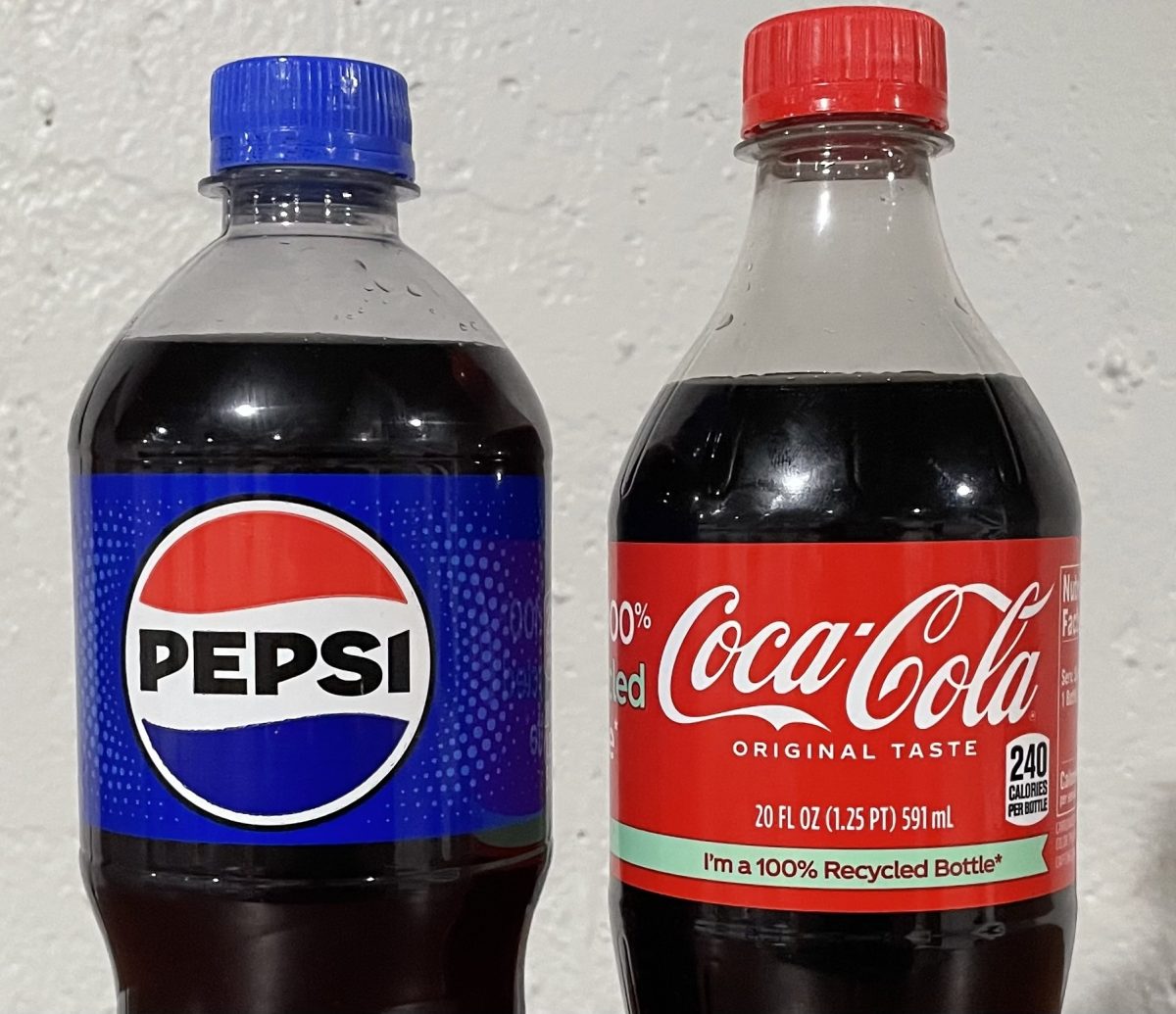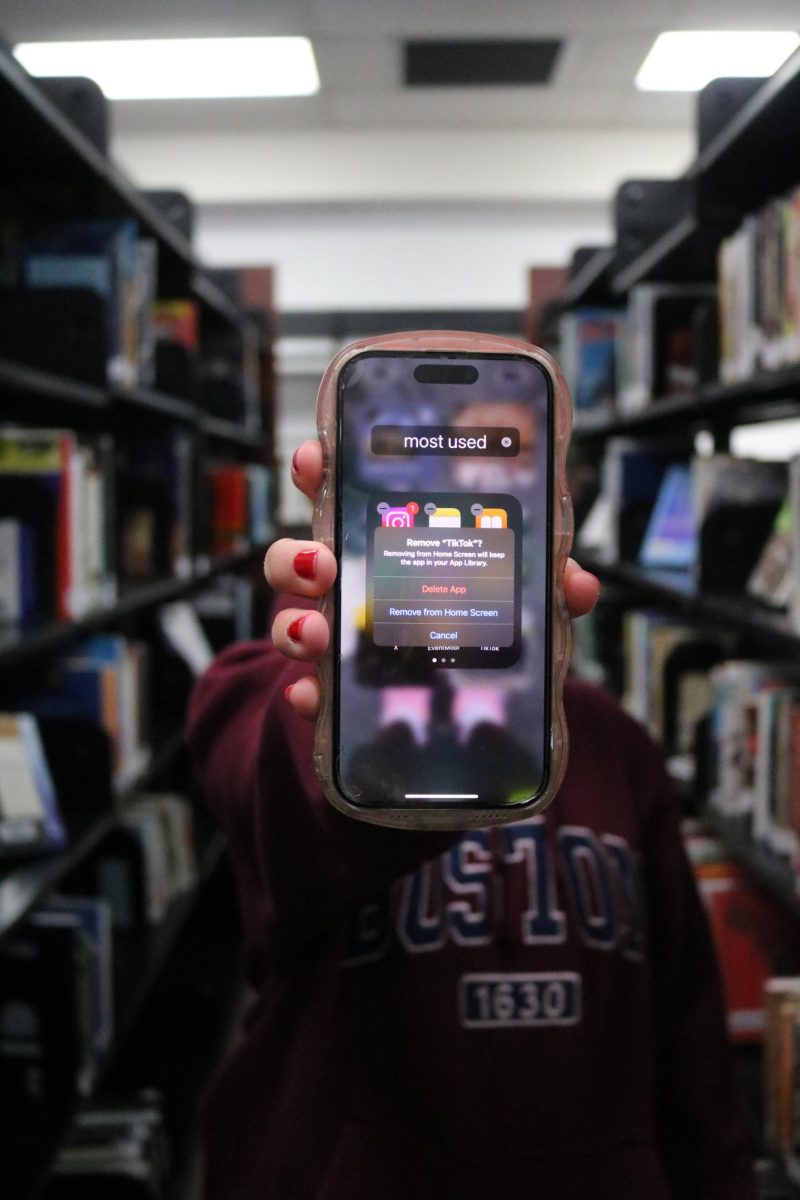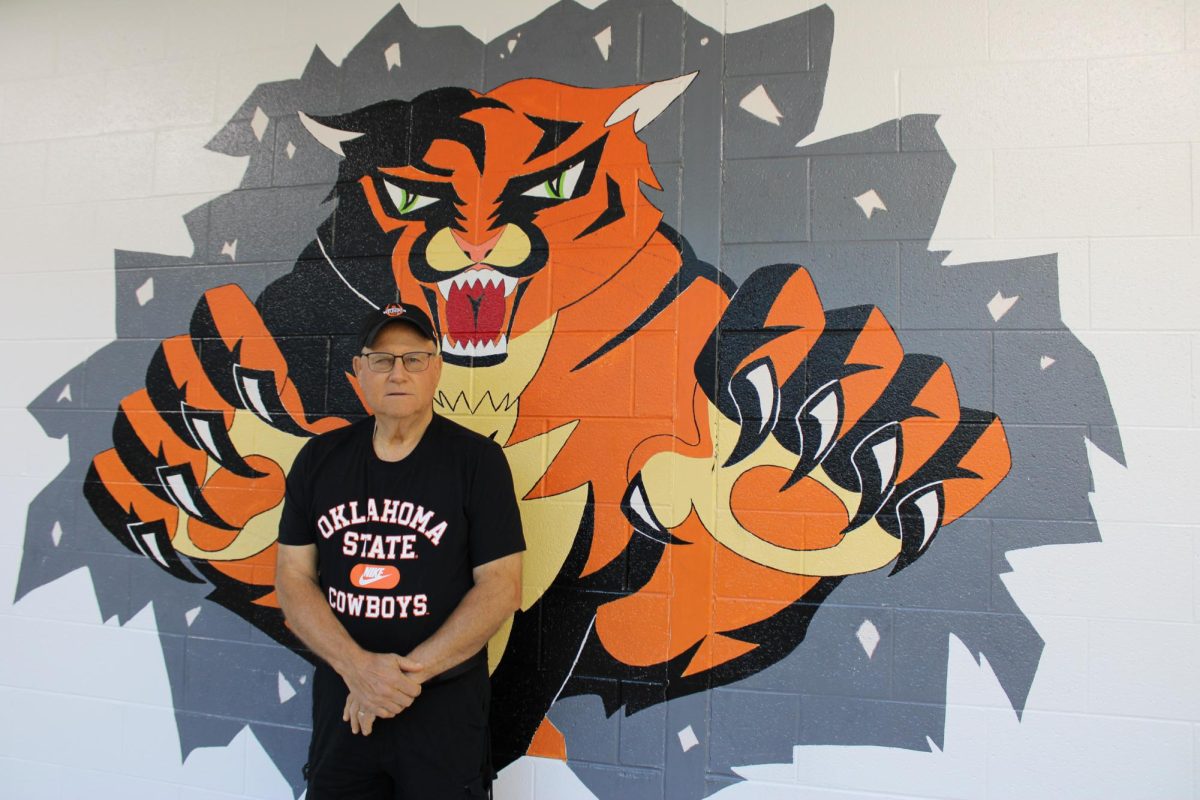More than a year ago, Chicago police officers arrived on the scene to defuse a disturbance involving an African-American teen who at the time was under the influence of the drug PCP. He also had a small knife in his hand but was not believed to use it, according to first responding officers.
Police officer Jason Van Dyke acted in fear of his and other officers’ safety and used lethal force against the teen. Sixteen rounds of bullets struck the teen, which sent him to ground. He passed away from his injuries on the way to the hospital.
Now more than a year later, Van Dyke has been indicted with first-degree murder for the killing of 17-year-old Laquan McDonald.
The trial began on Monday, Dec. 7.
A video of the incident was released following the indictment, which many found disturbing.
After the release of the video, protesters throughout Chicago rallied behind the decision and called for better treatment of African-Americans and for racism in the city to be addressed. McDonald’s family did not want the video to be released. It is unknown why, but when it was decided the video was going to be released for public viewing, the family asked residents of Chicago to partake in peaceful protesting.
LHS School Resource Officer Robert Uliks commented on the amount of force Van Dyke used on McDonald.
“In the state of Illinois, a knife is considered a deadly weapon, there’s no two ways around it. One of the things they teach in the academies is that if someone has an edged weapon, they teach what is called the 21-foot rule. So that, for instance, if I am 21 feet away from you and you have a knife and you come at me, the timing from where I am at to draw my weapon and be able to stop you, anything within 21 feet becomes dangerous to the officer,” he said.
There was no audio in the video that was revealed to the public. With no audio, no one knows what the suspect had said to the officers at the scene or what the officers had said to McDonald.
Outcries have been made about whether or not Van Dyke used an excessive amount of force on McDonald because of his race.
“Well, right now I think that the media is making race a bigger issue as well as maybe the people of the community. But, if someone has a deadly weapon, and they have committed a felony, it doesn’t matter what their race is. They have committed a crime,” Mr. Uliks said. “It’s tragic, in my opinion. It’s tragic for the person who was shot. However, it would have been avoidable if he hadn’t committed a crime and hadn’t had the knife.”
There have also been issues of protesters within the last year, like those in Baltimore over the summer and in Ferguson, Missouri, when a white police officer shot an African-American teen. The affected families have told their peers to use peaceful protesting to combat racism, which they think plagues many police departments, but some people still commit unlawful acts.
Uliks stated: “You are an American, you have the right to assemble peacefully in the purpose of a demonstration, but you do not have the right to commit criminal acts.”
An LHS Social Studies teacher who is also a resident of Chicago, Ms. Sarah Greenswag, commented on how a community is affected by these situations: “Every time something like this happens, that community feels like they have less trust in the people that say they’re there for them (the police). Any time that mistrust builds, there is going to be more tension and conflict.”
Greenswag also talked about the stereotypes each group (police and African-Americans) have of each other: “Both sides assume the stereotype is true, but I don’t think all police officers are gun-crazy and aggressive, and I also don’t think it’s true that most of the minority community are drug dealers and gang members.”
“I think in both cases, it’s the minority of those two groups, but they’re the ones that get the most attention and become the image for the others.”
Some other similar incidents and cases have popped up in the news recently that have continued the discussion of race and police use of alleged excessive force.
Like McDonald, a man from Los Angeles County in California, Nicholas Robertson, 28, was carrying a deadly weapon (a gun) that prompted police to shoot at him when he refused to drop his weapon. Although he was carrying the gun, according to the Los Angeles County Sheriff’s Capt. Steven Katz, two officers fired a total of 33 bullets at Robertson, killing him. Since that incident resulted in a fatality, it is being independently investigated by the local district attorney’s office and the county coroner.
In another case involving a white police officer and an African-American man, Cook County State’s Attorney Anita Alvarez said that a Chicago police officer will not face charges after an October 2014 incident in which he killed 25-year-old Ronald Johnson. George Hernandez, the officer not charged, fired at the man because he was holding a gun, which is considered a deadly weapon by the state of Illinois.



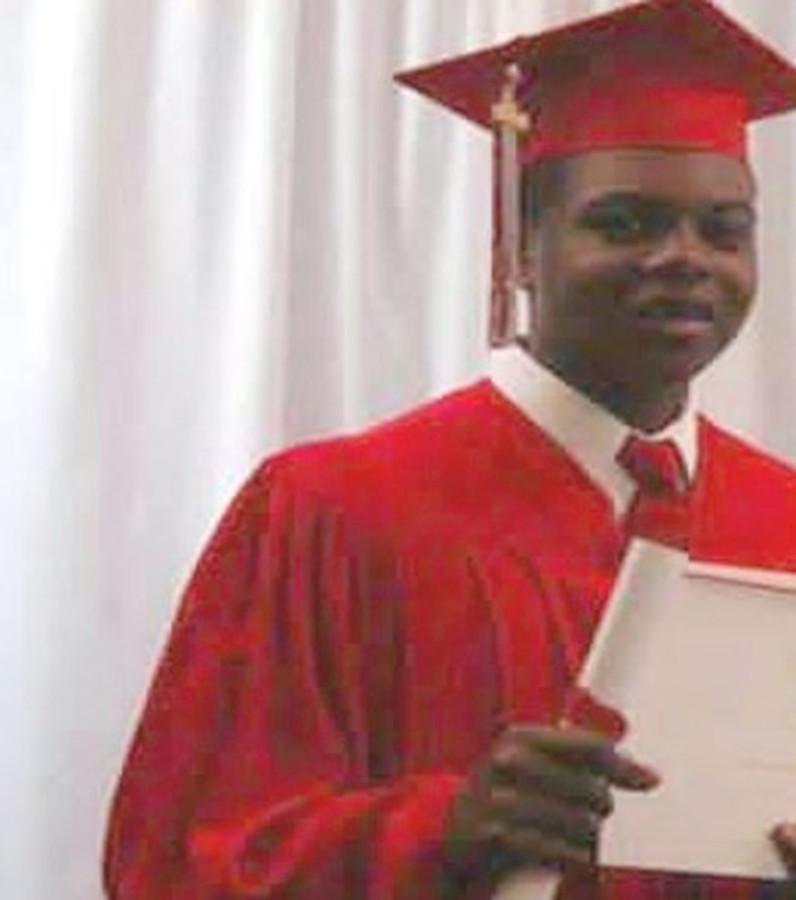
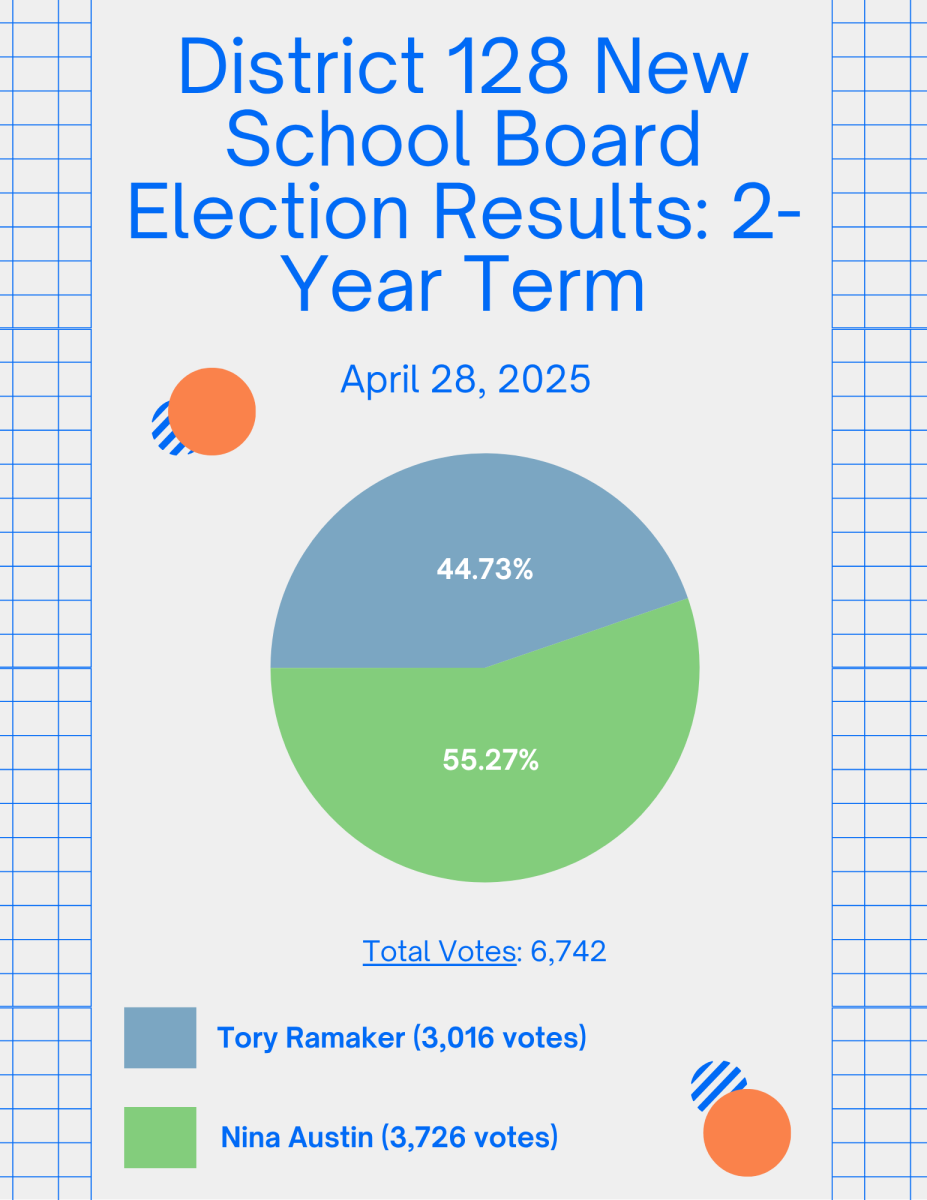
![Mr. Abullh Ali, manager/assistant, helps open Queen Yemeni Coffee in downtown Libertyville at 606 North Milwaukee Ave. With the help of employees such as manager and LHS senior Yousef Taha, they are able to bring the Yemeni and Ethiopian culture to Libertyville by using their Queen spices, cinnamon and cardamom in their drinks such as Adani Chai, which is inspired by Sheda, the Queen of Yemen and Ethiopia. “The history of our coffee [is] a long history and we believe that Yemen and Ethiopia started the coffee and we are bringing something unique to the community,” Mr. Ali said.](https://www.lhsdoi.com/wp-content/uploads/2025/04/Photo-1-1200x800.jpg)
